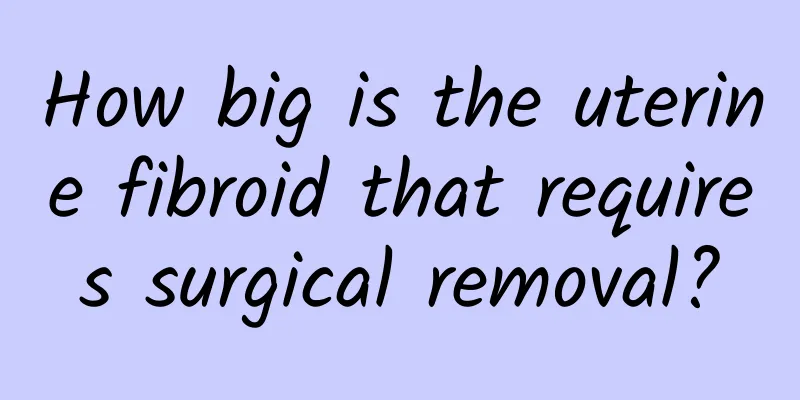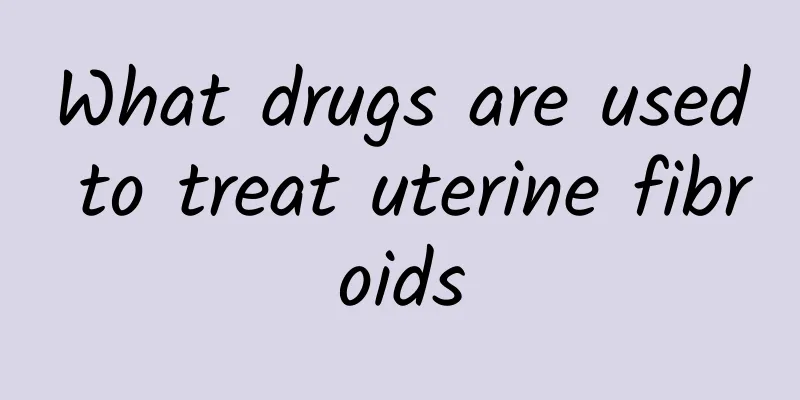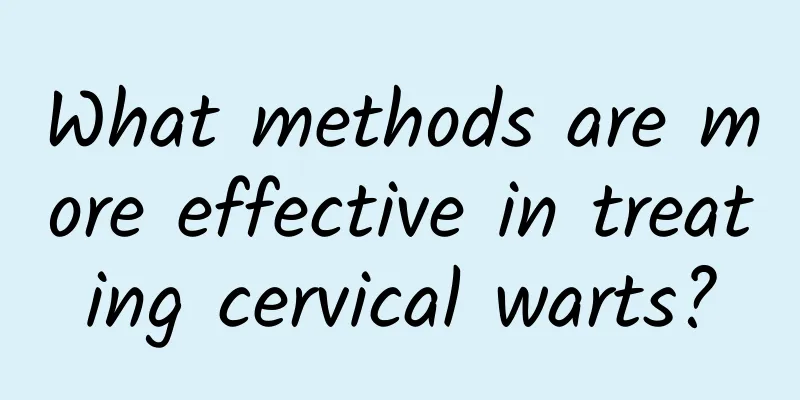How big is the uterine fibroid that requires surgical removal?

|
Uterine fibroids are a common benign tumor in the female reproductive organs, mainly formed by the proliferation of uterine smooth muscle cells, in which a small amount of fibrous connective tissue exists as a supporting tissue. Uterine fibroids generally require surgical resection when they are larger than 5cm or accompanied by related symptoms. If the patient is less than 5cm but has obvious related symptoms, surgical treatment can also be performed. If the uterine fibroid is smaller than 4cm, has no related symptoms, and has no abnormal menstruation, the patient can choose to observe temporarily and have a review every 3 months. If the uterine fibroid is found to be enlarged or related symptoms appear during this period, surgical treatment is required in a timely manner. Specific suggestions should be followed according to the doctor's advice. 1. Surgery is required when the fibroid is larger than 5 cm or is accompanied by related symptoms: If the fibroid is larger or is accompanied by symptoms such as pelvic pain, irregular menstruation, abnormal bleeding, etc., it may affect the quality of life and health. At this time, surgical resection is a common treatment method that can effectively relieve symptoms and prevent further deterioration of the disease. 2. Patients with uterine fibroids smaller than 5 cm but with obvious symptoms may consider surgical treatment: Even if the uterine fibroids are smaller than 5 cm, if the symptoms are obvious and affect the quality of life, surgical treatment may be considered. Surgery can help relieve symptoms and improve the patient's quality of life. 3. Patients with uterine fibroids smaller than 4 cm and without symptoms can choose to observe: Patients with uterine fibroids smaller than 4 cm and without symptoms can choose to observe temporarily and have a review every 3 months. During the observation period, the size and growth of the tumor should be reviewed regularly, and attention should be paid to whether relevant symptoms appear. 4. If the tumor is found to be enlarged or symptoms appear during the observation period, surgical treatment is required: If the uterine fibroids are found to be enlarged or the patient has related symptoms, such as pelvic pain, menstrual abnormalities, etc., surgical treatment should be considered in time. Surgery can prevent the disease from worsening and relieve discomfort. 5. Follow the doctor's advice: Whether you choose surgery or observation, patients should follow the doctor's advice and treatment plan. Regular check-ups, compliance with doctor's advice, and attention to lifestyle maintenance are essential for the treatment and recovery of uterine fibroids. In daily life, you can maintain a balanced diet, eat more fresh vegetables and fruits, and reduce the intake of high-fat, high-sugar, and high-salt foods. Foods rich in vitamins and minerals can help prevent uterine fibroids. Maintain a healthy weight range and avoid excessive obesity, which also increases the risk of uterine fibroids. |
<<: What kind of Chinese patent medicine does Tongjingning Capsule belong to?
>>: How much does it cost to have an abortion?
Recommend
How to take care of uterine fibroids after surgery? How to take care of uterine fibroids after surgery
I believe that women are not unfamiliar with the ...
Patients with cervical erosion should promptly detect early symptoms
With the increasing incidence of cervical erosion...
What should you pay attention to after a painless abortion
Things to note for recovery and conditioning afte...
When will my period come after an abortion? It's been a month since I had an abortion, why haven't I had my period yet?
When will my period come after an abortion? Why h...
How long does it take to walk normally after treatment of Bartholin's gland cyst?
After treatment of Bartholin's cyst, you can ...
Which department is better for irregular menstruation?
Which department is better for irregular menstrua...
Experts explain the reasons why infertile women suffer from uterine fibroids
It is understood that in recent years, many women...
Pelvic inflammatory disease care is very important in life
The treatment of pelvic inflammatory disease must...
How long can a woman live after being cured of Bartholinitis?
Gynecological experts said that many female frien...
What to eat for bacterial vaginosis
Bacterial vaginosis is a type of vaginitis mainly...
Blood pressure soars when it’s cold, and complications are imminent! Nutritionist Cheng Hanyu: 6 types of food that lower blood pressure = the effect of 1 blood pressure pill
According to statistics from the Ministry of Heal...
Celebrate the Lantern Festival! Eat 4 Yuanxiao and walk 10,000 steps to burn calories
The Lantern Festival is coming soon. While people...
Double yolk mooncakes are high in calories, but you won’t get fat if you eat 3 of them
Love to eat but afraid of getting fat? During the...
What causes uterine effusion?
What are the causes of uterine effusion? Uterine ...
How many days is normal for abdominal pain after induced labor? It depends on the specific situation
After induced labor, there will basically be abdo...









